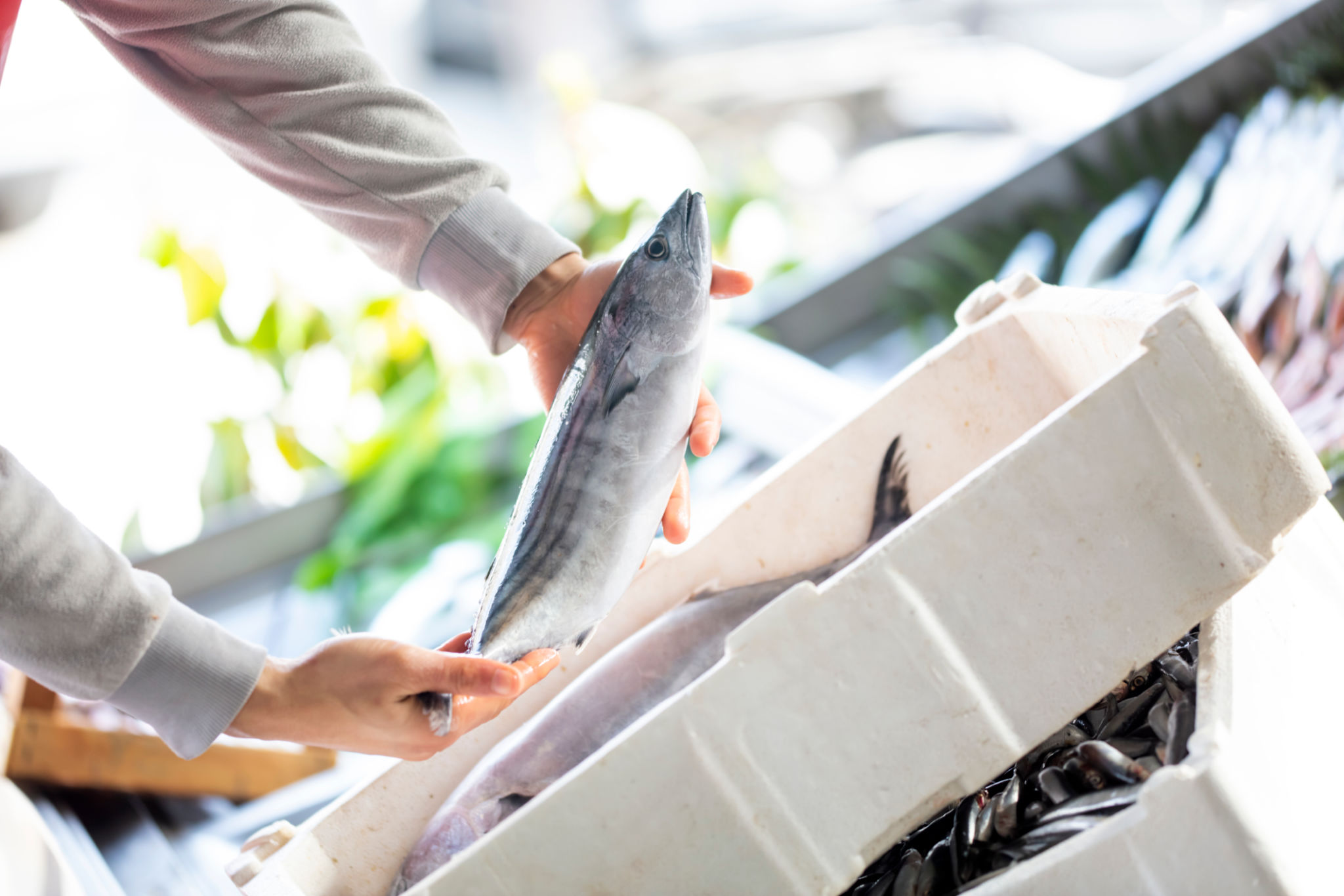Seafood Export from Somalia: A Comprehensive Guide for Buyers
hM
Somalia, located on the Horn of Africa, boasts one of the longest coastlines on the continent, offering a rich and diverse selection of seafood. With its strategic location and abundant marine resources, Somalia is rapidly becoming a key player in the global seafood market. For buyers looking to explore this burgeoning industry, understanding the nuances of seafood export from Somalia is essential.

Why Choose Somali Seafood?
Somalia’s waters are teeming with a variety of seafood, including tuna, lobster, shrimp, and various types of fish. The country's fishing industry benefits from the nutrient-rich waters of the Indian Ocean, which contribute to the high quality and flavor of its seafood. Additionally, Somali seafood is often harvested using traditional methods, ensuring sustainability and freshness.
Buyers can expect a unique blend of flavors due to the traditional spices and preparation methods used by local fishermen. This distinctive taste profile makes Somali seafood a desirable choice for gourmet markets worldwide.
Understanding the Export Process
The process of exporting seafood from Somalia involves several key steps. First, buyers must connect with local suppliers or cooperatives that are well-versed in international trade. It's crucial to establish relationships with reputable partners who adhere to international standards of quality and safety.
Buyers should also be aware of the necessary documentation required for export, including health certificates, shipping documents, and compliance with international trade regulations. Working with experienced logistics providers can help navigate these requirements smoothly.

Quality Assurance and Standards
Ensuring the quality of seafood is paramount. Somali exporters are increasingly adopting international standards, such as the Hazard Analysis and Critical Control Points (HACCP) system, to guarantee the safety and quality of their products. Buyers should seek suppliers who are certified and comply with these rigorous standards.
Moreover, regular inspections and quality checks are conducted to maintain the freshness and integrity of the seafood. This commitment to quality is a significant advantage for buyers seeking reliable and premium products.
Logistics and Shipping
Shipping seafood from Somalia involves selecting the right logistics partners who specialize in handling perishable goods. Temperature-controlled storage and transportation are critical to preserving the quality of the seafood during transit.
Many Somali exporters offer flexible shipping solutions, catering to different market needs. Whether it's air freight for urgent deliveries or sea freight for larger, less time-sensitive shipments, understanding the logistics options available is crucial for efficient trade.

Navigating Challenges
While the opportunities are vast, buyers must also be mindful of potential challenges. Political instability and regional conflicts can affect trade routes and logistics. Establishing strong communication lines with local partners and staying informed about regional developments can mitigate these risks.
Moreover, understanding the cultural and business practices in Somalia is vital for successful negotiations and transactions. Respect and adaptability can go a long way in fostering positive business relationships.
Conclusion
As Somalia continues to develop its seafood export industry, it presents a promising opportunity for international buyers. The country's rich marine resources, commitment to quality, and strategic location make it a compelling choice for seafood procurement. By understanding the intricacies of the export process and forming strong partnerships, buyers can tap into this emerging market and enjoy the unique offerings of Somali seafood.
